NUR 631 Study Guide for Midterm Exam, Latest 2022 : A+ Work.
Document Content and Description Below
NUR631-Study Guide for Midterm – Spring 2018 This study guide provides a content outline that can be used to prepare for the topic quiz. This outline may not be inclusive of all quiz content. Cel... lular biology and Alterations • Compensatory hyperplasia after partial resections (mod 1) (51-53) o Ex: liver, hepatocyte growth o Adaptive mechanism that enables certain organs to regenerate o Even with removal of 70% of the liver, it will regenerate within about 2 weeks o Compensatory hyperplasia occurs in epidermal, intestinal epithelia, hepatocytes, bone marrow and fibroblasts. Some type off hyperplasia is noted in bone, cartilage and smooth muscles – Example- callus, wound healing as part of inflammation process • Tumor progress from benign to malignant (364-366) o Benign tumors are usually encapsulated and well differentiated. They retain some normal tissue structure and do not invade the capsules surrounding them or spread to regional lymph nodes or distant locations. ▪ Generally named according to the tissues from which they arise, and include the suffix –oma. o Some benign tumors can progress to cancer and are then referred to as malignant. They have more rapid growth rates and specific microscopic alterations, including loss of differentiation and absence of normal tissue organization. ▪ One hallmark is anaplasia – loss of cellular differentiation, irregularities of the size and shape of the nucleus, and the loss of normal tissue structure. ▪ May present with different degrees of encapsulation; some lack a capsule, and even if one is apparent, it’s integrity has been compromised so that tumor cells can grow to invade nearby blood vessels, lymph and surrounding structures. ▪ Most deadly characteristic is their ability to spread far beyond the tissue of origin – metastasis 2 Genetics • Recurrence of autosomal diseases (152-154, 155-156) o Autosomal dominant - Affected offspring are produced by the union of a normal parent with an effected heterozygous parent ▪ Affected parent can pass either a disease gene or a normal gene to his or her children ▪ Each event has a probability of 0.5, so on average half the children will be normal and half will express the disease. o Autosomal recessive – individual must be homozygous for a recessive allele to express the disease – can survive the population one generation to the next ▪ Characterized by delay of onset, incomplete penetrance, and variable expressivity – most common is cystic fibrosis ▪ Recurrence risk for the offspring of carrier parents is 25% • Klinefelter’s syndrome (mod 1) (148, 156, 914) o Causes ▪ Chromosomal disorder XXY – genotype ▪ Genetically male – due to Y • Male XY, female XX ▪ Random, not inherited – nondisjunction in the X chromosomes in the mother o Signs and Symptoms ▪ Both male and female sexual characteristics ▪ Decreased T more female hormones causing • Less body and facial hair • Gynecomastia (risk breast CA) • Weak muscles and bones (osteoporosis), shy (tall, lanky, shy) • Can result in decreased I [Show More]
Last updated: 2 years ago
Preview 1 out of 19 pages
.png)
Buy this document to get the full access instantly
Instant Download Access after purchase
Buy NowInstant download
We Accept:

Reviews( 0 )
$17.50
Can't find what you want? Try our AI powered Search
Document information
Connected school, study & course
About the document
Uploaded On
Sep 05, 2022
Number of pages
19
Written in
Additional information
This document has been written for:
Uploaded
Sep 05, 2022
Downloads
0
Views
72


.png)
.png)
.png)
.png)
.png)
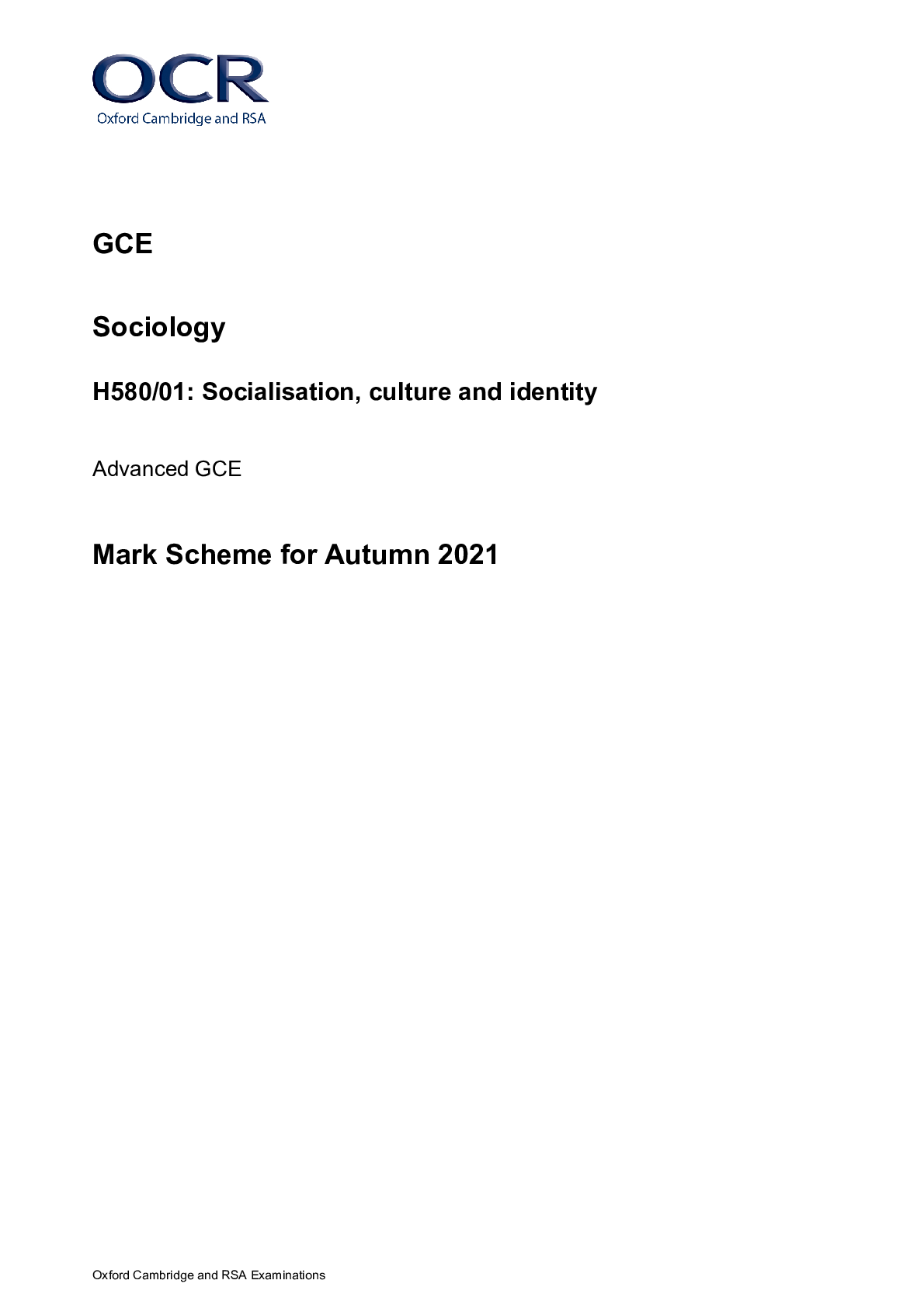
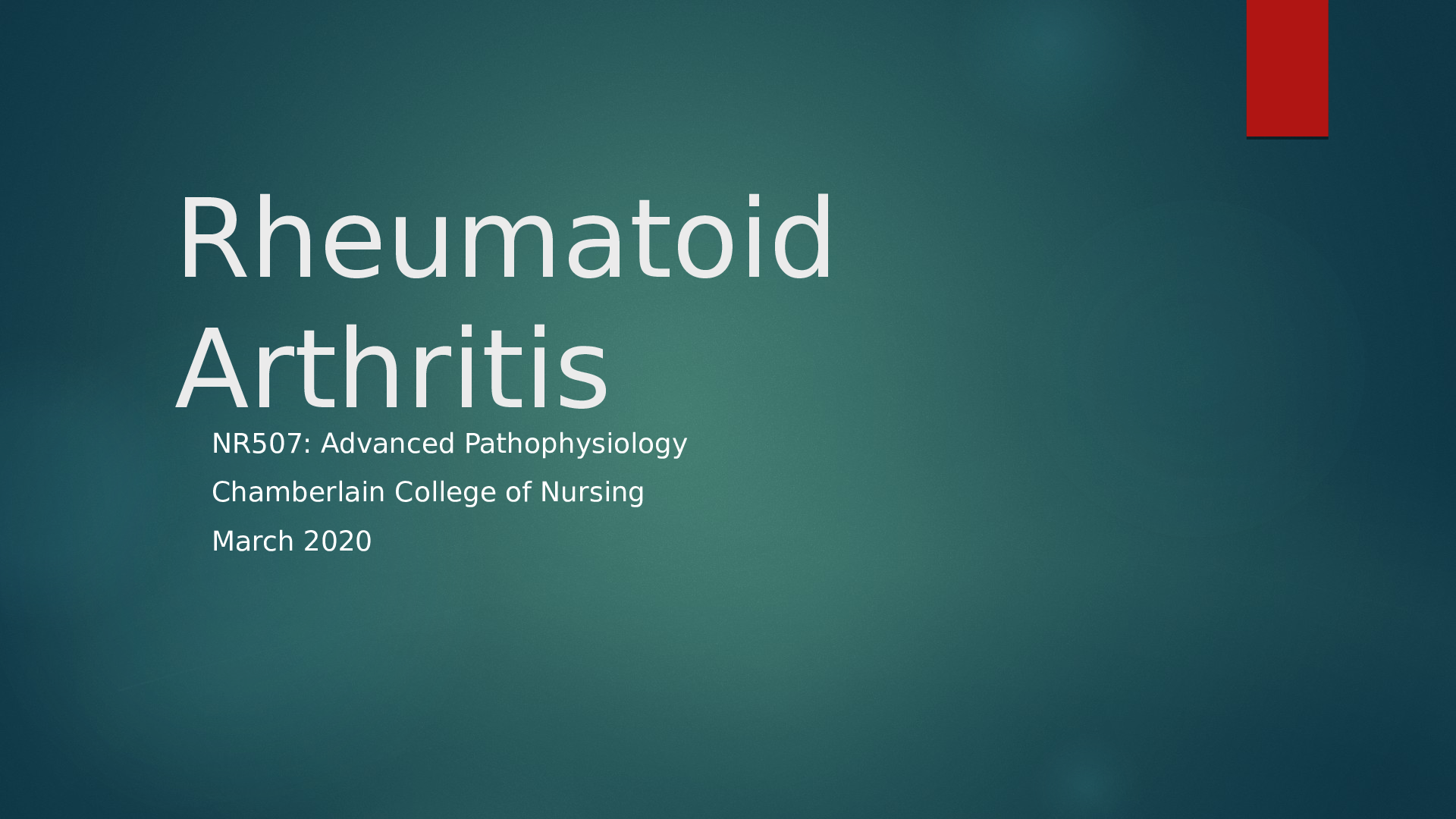
.png)
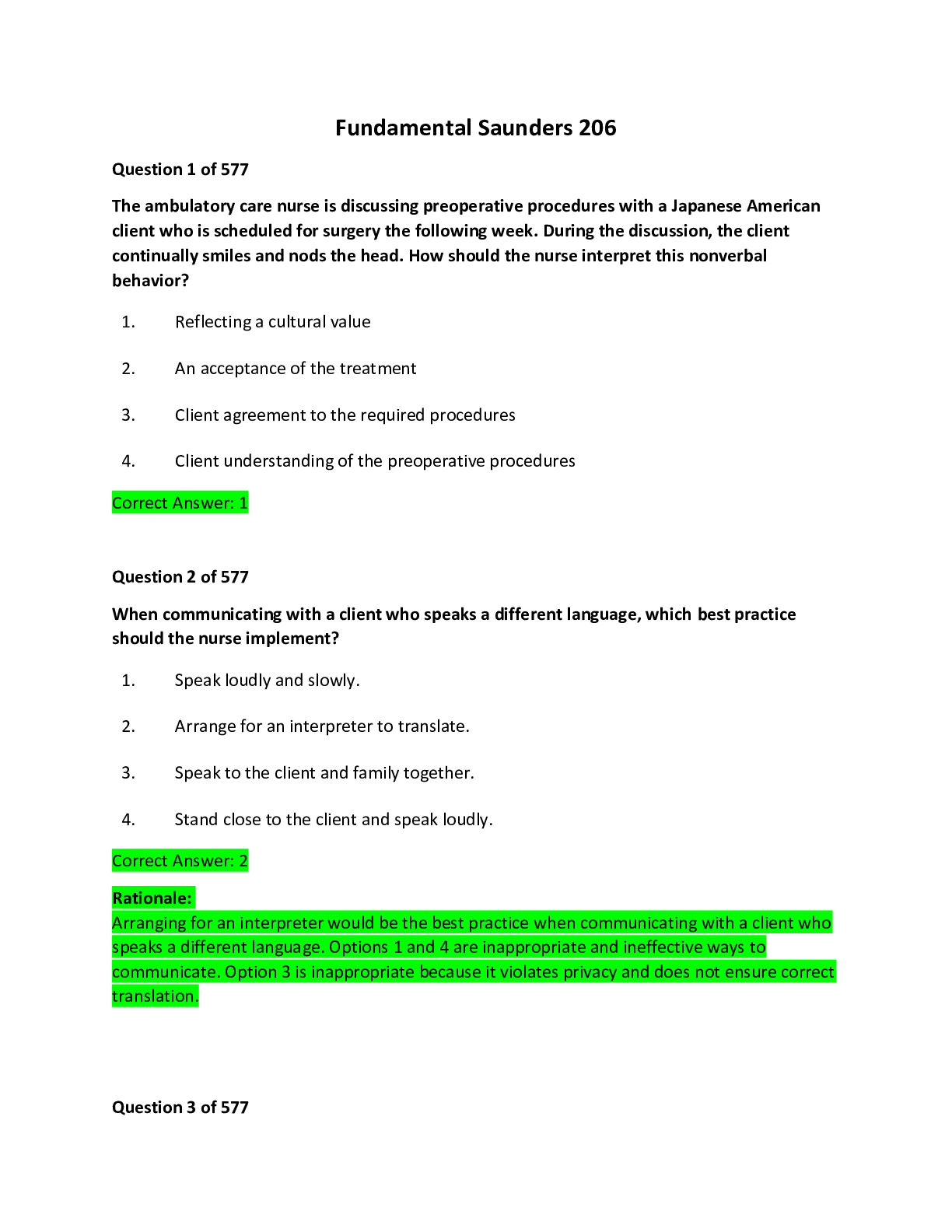
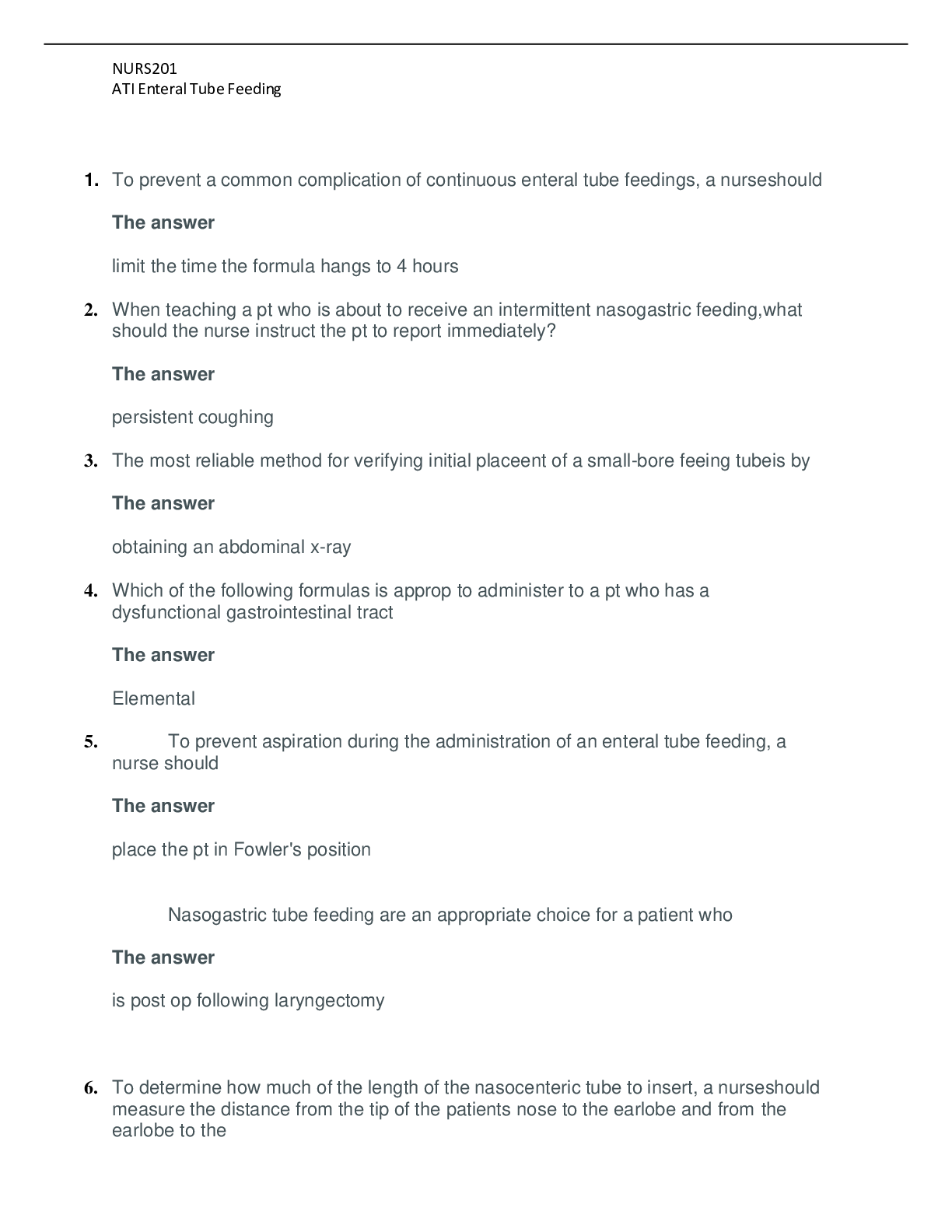
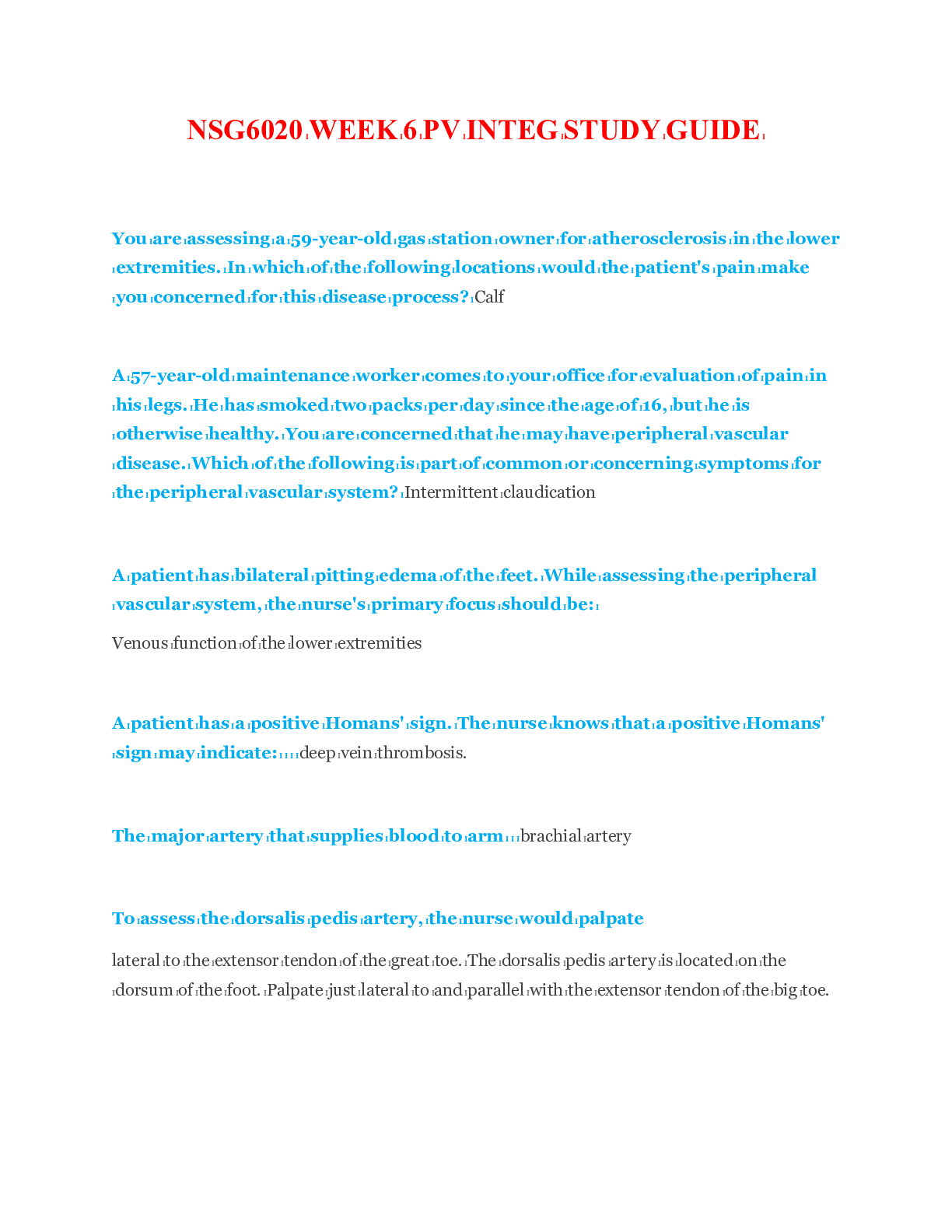

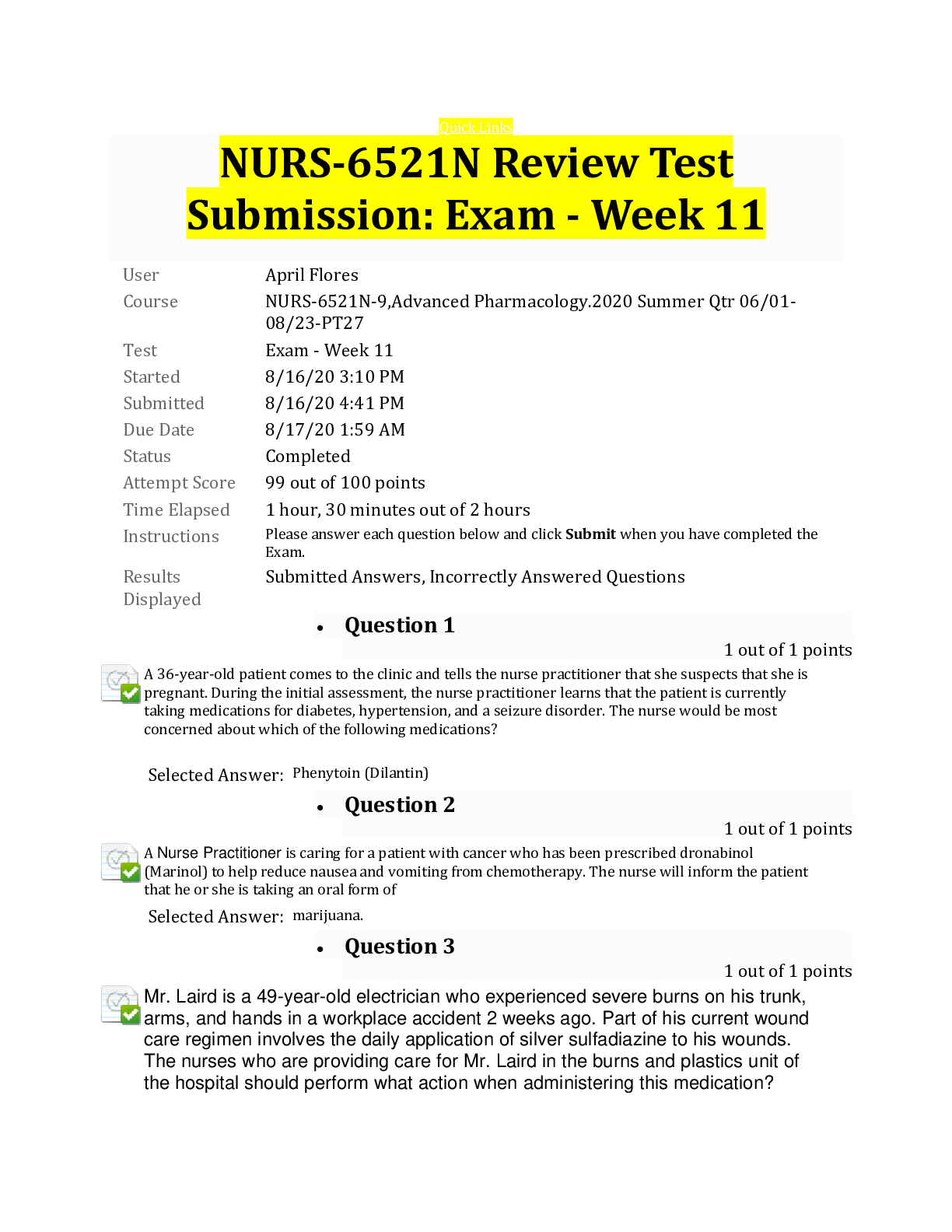


.png)
.png)







